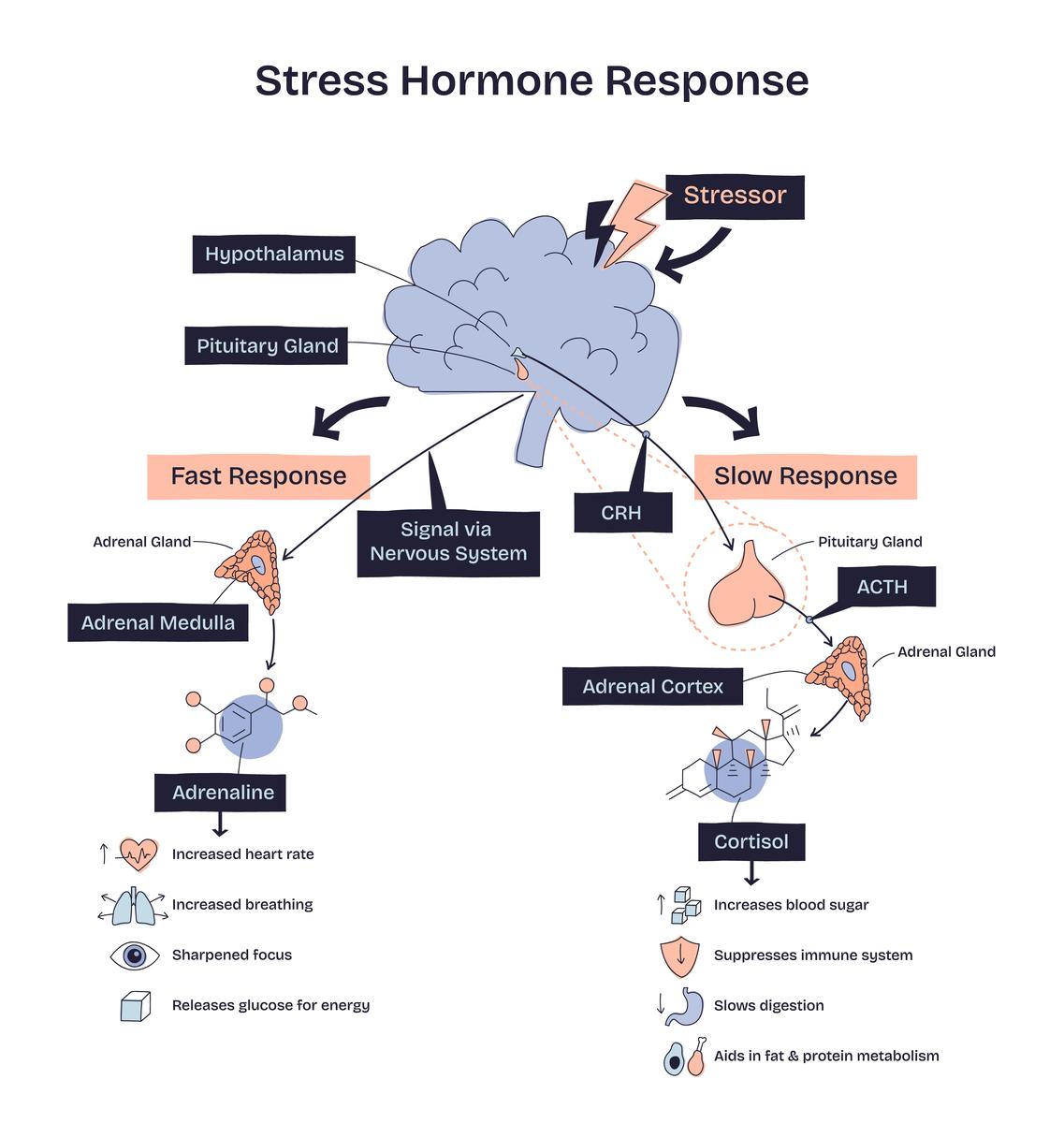Recurrent Pregnancy Loss: mtDNA Damage and Oxidative Stress
Recurrent pregnancy loss (RPL) is a common early pregnancy disorder, defined as two or more consecutive natural miscarriages, affecting approximately 2%-5% of pregnant women [1]. The etiology of RPL is complex and is currently believed to be associated with genetic, immune, anatomical, bacterial infection, and endocrine factors. Recent studies have suggested that mtDNA abnormalities can affect embryonic development and are a high-risk factor for RPL [2]. Second-generation sequencing of chorionic villus samples from patients with spontaneous and voluntary induced abortion showed a correlation between mtDNA damage and the occurrence of natural miscarriage [2]. DNA ligands that activate the cGAS-STING signaling pathway often include mitochondrial and aberrant cytoplasmic chromatin fragments, which are frequently observed under oxidative stress [12]. Increased production of reactive oxygen species (ROS) in early pregnancy and insufficient antioxidants required to counteract ROS are key factors contributing to RPL [14]. ROS are reactive chemical molecules involved in cell signaling and homeostasis, released in higher amounts during oxygen-consuming cellular processes such as embryonic development. Trophoblast cells in the placental nourishing layer face a higher risk of oxidative stress compared to many other cell types [7]. Therefore, repeated embryo losses may damage the endometrial environment, leading to the formation of an oxidative stress microenvironment and excessive mtDNA escaping into the cytoplasm, triggering the cGAS-STING signaling pathway.

原文地址: https://www.cveoy.top/t/topic/mx52 著作权归作者所有。请勿转载和采集!